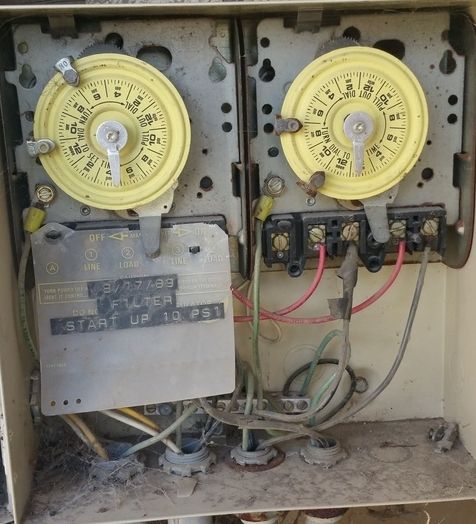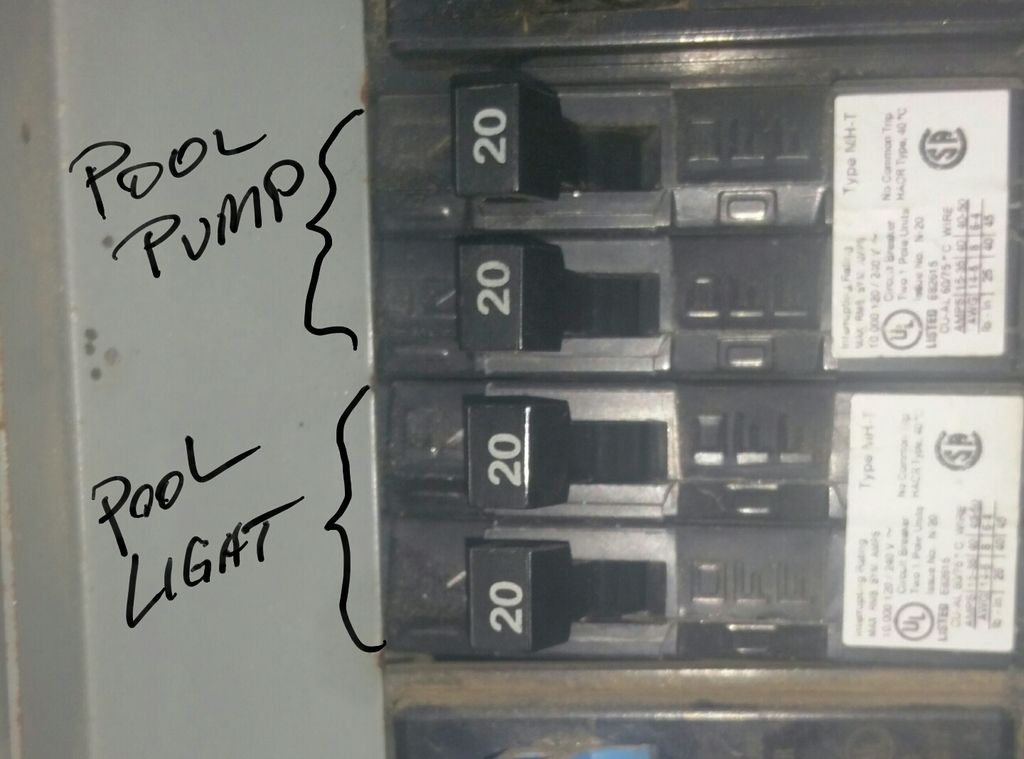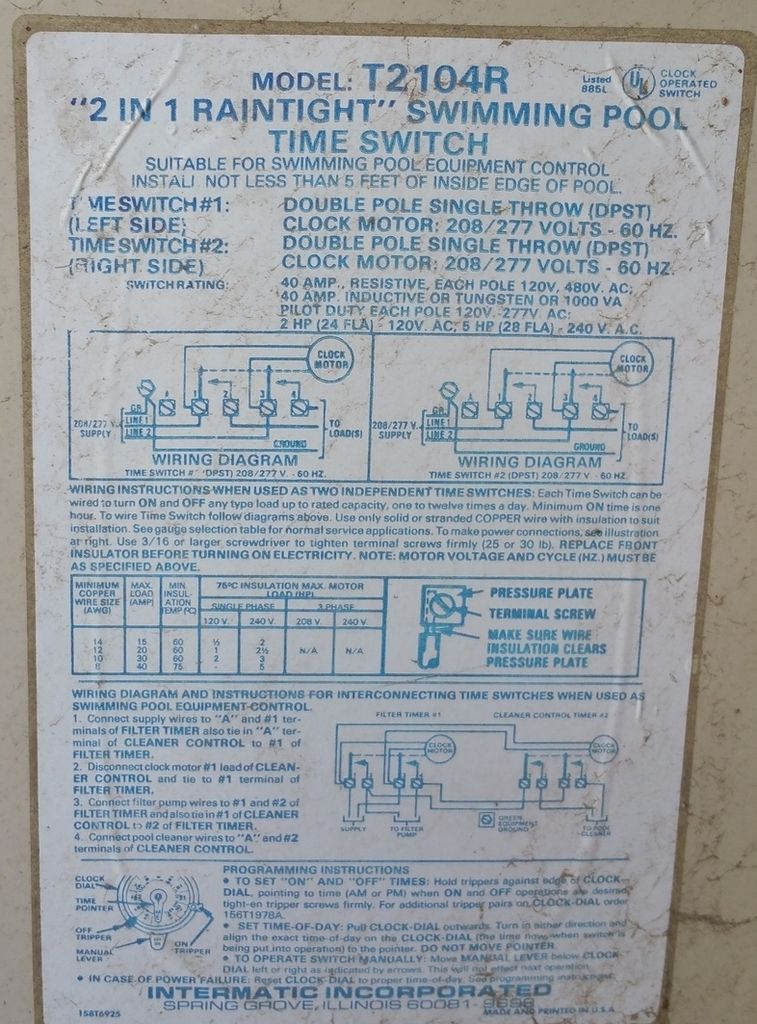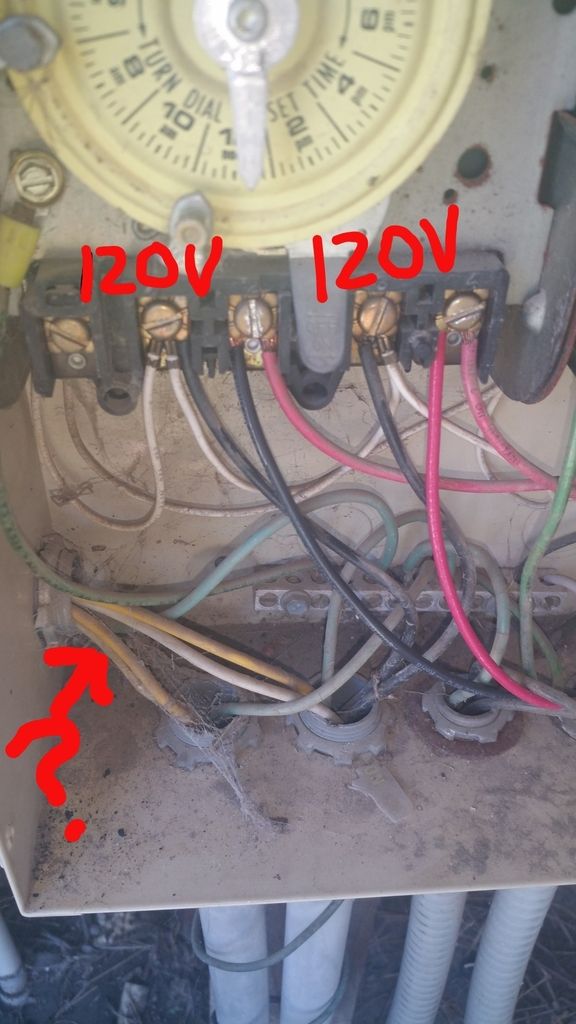OK, I bought a new to me pump. upgraded the old 3/4hp to 1.5hp self priming max-e-pro xf. The motor label said 230V, and old motor had 2 Black and a green so I figured update the wires and I'm golden. Well, the pump ran fantastic. I was impressed with the power of the pump on the return lines... for 5 minutes. Did some reading and it sounds like my 230V hookup is actually a 115V.










